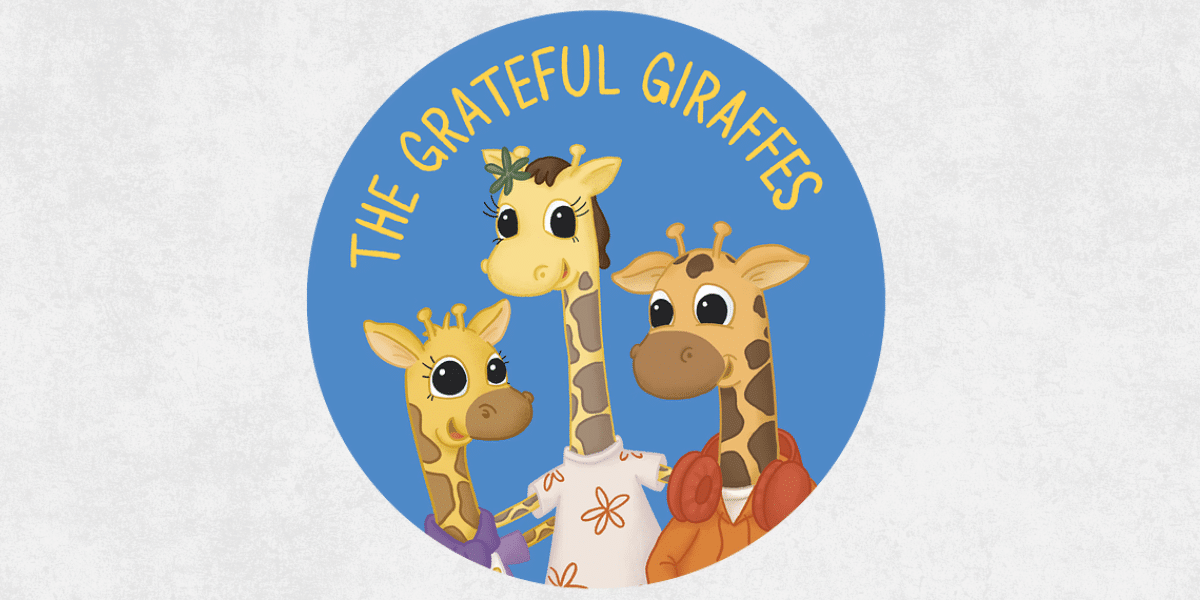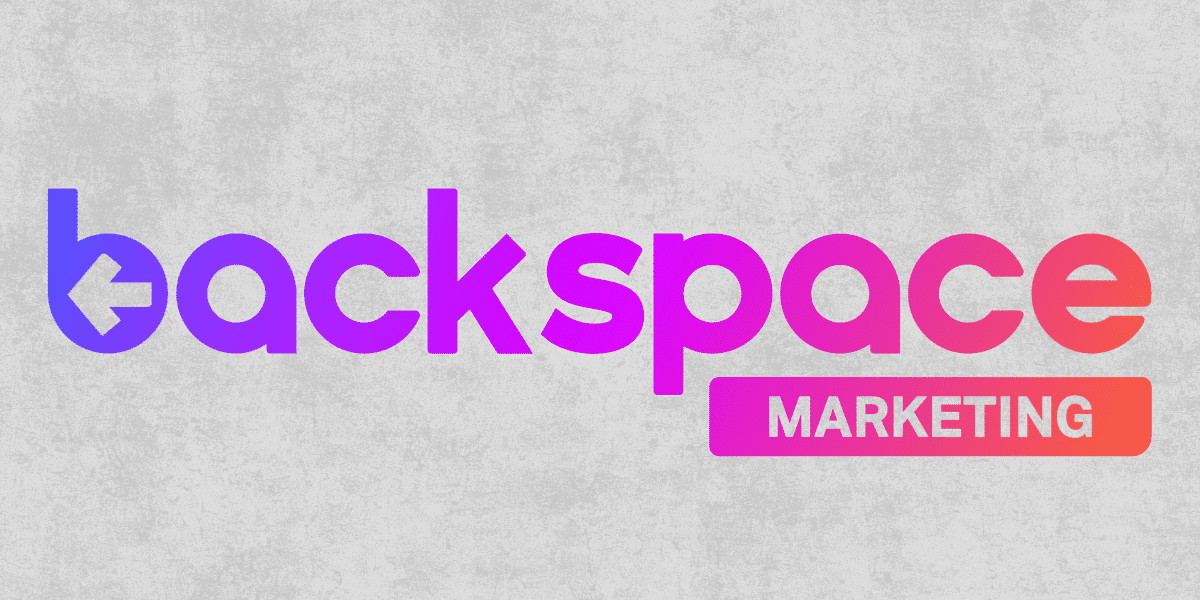Behavioral economics has shed new light on how human behavior is shaped by psychological, social, and emotional factors. Unlike traditional economics, which assumes that people always make rational choices, behavioral economics recognizes that our decisions are often influenced by biases, habits, and the environment around us. By understanding these influences, we can better design systems that encourage positive behaviors and habits. But how exactly does behavioral economics help explain the way we form habits and make decisions?
What Role Do Incentives and Social Norms Play in Behavioral Economics?
In behavioral economics, incentives and social norms are two powerful forces that shape human behavior. Traditional economic theory suggests that people respond to financial incentives, but behavioral economists have found that non-monetary factors like social approval or peer influence can be just as, if not more, effective in guiding choices. For instance, people are more likely to adopt new behaviors when they see others around them doing the same, a concept known as social proof.
Incentives work by appealing to people’s desire for rewards, but these don’t always have to be financial. For example, offering recognition or praise in a social setting can be a powerful motivator. Similarly, social norms—the unwritten rules about what behavior is considered acceptable—play a crucial role in shaping how people act. If a certain habit becomes widely accepted or even expected within a group, people are more likely to adopt that habit. For instance, recycling or reducing plastic use has become more widespread in part due to evolving social norms that encourage environmentally friendly behaviors.
Moreover, behavioral economics highlights how subtle changes in the environment, such as providing easy access to healthier food options in a cafeteria, can lead to long-term behavior change. By aligning incentives with social norms, policymakers and businesses can effectively nudge individuals toward making better decisions that benefit both themselves and society.
How Do Small Changes in the Environment Influence Habits?
One of the most interesting concepts in behavioral economics is the idea of choice architecture, which refers to how the presentation of choices can influence the decisions people make. Small tweaks in how options are laid out or framed can lead to significant changes in behavior over time. This approach is often referred to as a “nudge,” a term popularized by behavioral economists Richard Thaler and Cass Sunstein.
A nudge doesn’t force someone to make a certain decision, but it gently steers them in a particular direction. For example, placing healthier snacks at eye level in a vending machine while putting less healthy options at the bottom can encourage people to make better food choices without restricting their freedom to choose. Over time, these small environmental changes can lead to habit formation, as individuals are consistently nudged toward the desired behavior.
Research has shown that people are more likely to stick with new habits when the barriers to those habits are reduced. For instance, if a workplace offers easily accessible recycling bins or encourages walking meetings, employees may be more inclined to adopt these habits because they require little effort or change in routine. Behavioral economics demonstrates that by making small adjustments to the environment, it’s possible to promote healthier, more sustainable habits.
Another powerful application of choice architecture is in financial decisions. Automatic enrollment in retirement savings plans is a classic example of how structuring choices differently can improve outcomes. By setting up default options that benefit people—like enrolling them in savings programs unless they opt out—employers can help individuals save more for their future without requiring them to take action.
Can Behavioral Economics Help Break Bad Habits?
Just as behavioral economics can encourage the development of positive habits, it can also help break bad habits. One of the key insights from this field is that people often stick to bad habits not because they want to, but because of ingrained routines or convenience. By redesigning the environment to make bad habits more difficult or less rewarding, behavioral economists believe that it’s possible to nudge people away from harmful behaviors.
For instance, in the context of health and wellness, placing obstacles in the way of unhealthy habits can be effective. If someone is trying to cut down on sugary drinks, simply storing them out of sight or requiring an extra step to access them can reduce consumption. In contrast, making healthier alternatives more accessible and visually appealing increases the chances of choosing the better option.
Behavioral economics also highlights the importance of immediate rewards in breaking bad habits. Because humans are naturally drawn to short-term gratification, aligning the reward structure to provide instant benefits for making better choices can make a big difference. Apps that track health habits and provide daily feedback or rewards, for example, use this principle to keep users engaged and motivated to stick to new behaviors.
Another aspect of breaking bad habits is the power of commitment devices—tools that help individuals commit to a goal by creating incentives for sticking to it or penalties for not following through. For example, some people use apps that allow them to set financial penalties if they don’t meet their exercise goals. These small commitments, reinforced by behavioral economics insights, increase the likelihood of following through on positive changes.
Behavioral economics offers valuable insights into how we form and change habits, emphasizing the role of incentives, social norms, and environmental cues. By making small adjustments in the way choices are presented or changing the default options, it’s possible to nudge individuals toward healthier, more sustainable behaviors. Whether it’s adopting better financial habits or improving personal health, understanding the principles of behavioral economics can help design systems that encourage positive, long-term change.
Through small changes in the environment and strategic use of incentives, we can shape not only individual decisions but also influence broader social behavior. In a world where many of our habits are driven by convenience and routine, the insights from behavioral economics show that thoughtful interventions can lead to meaningful improvements in our lives.





